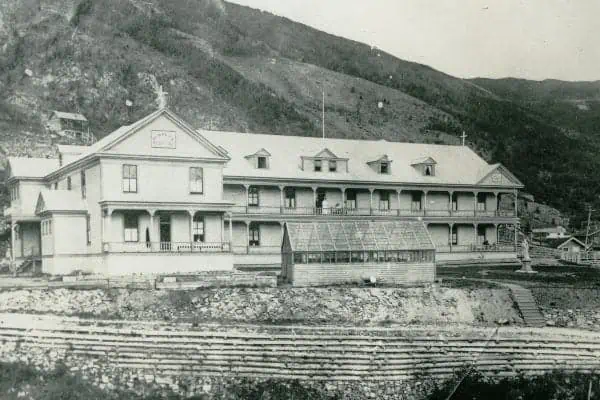Looking through Sid’s antiquities I spot a familiar sight: stereoscopes. I had a pair of bright orange View Masters (a trademarked format of stereoscope) when I was a child in the 1990s with photos of Bugs Bunny.
Sid’s stereoscopes are truly antique and rare.
“These ones are from the late 1800s up to the 1910s,” he says. “I’ve collected four of them with different cards. The first one I’ve had for about 20 years.”
Sid lays them out on a table so we can look at them more closely.
“The cards have two pictures on them to make a three dimensional photo.”
For those of you who have not had the opportunity to use a stereoscope, two identical images are placed side by side on a card. The cards is placed into the stereoscope. The viewer peers through the stereoscope lenses to view the image in 3D. The three dimensional effect is created because one of the images on the cards is slightly off centre.
I asked Sid if stereoscopes were common in households in the late 1800s.
“Not everybody at that time would have them. They probably cost a dollar, but that was a lot of money at that time.
“They acted as home entertainment before television and radio. Everybody would be sitting and passing the stereoscope around to look at the different pictures.
“Cards are hard to find but I have about 40 or 50 of them. Some are from the Gold Rush days, from Nome, Alaska as well as Dawson City Gold Rush and even the Chilkoot Trail.”
In their prime popularity stereoscopes showed sceneries, iconic landmarks, or historical events.
“I have a card with native chiefs on it from the late 1800s.”
Sid shows me. The cards also showed images of people and diverse cultures. North American First Nations peoples were some of the first people captured on film. Stereoscope images ranged from notable events of the late 1800s to cartoons in the late 1990s all the way to today’s virtual reality headset all based on the same premise of interacting with the individual viewer using images.
Visit Sid’s Bordertown Garage and Museum this summer and view the world through a stereoscope lens.




